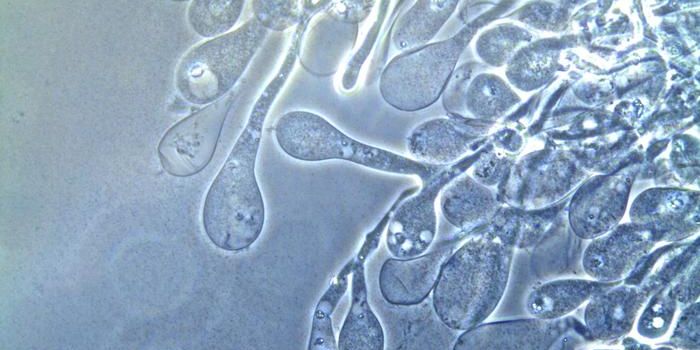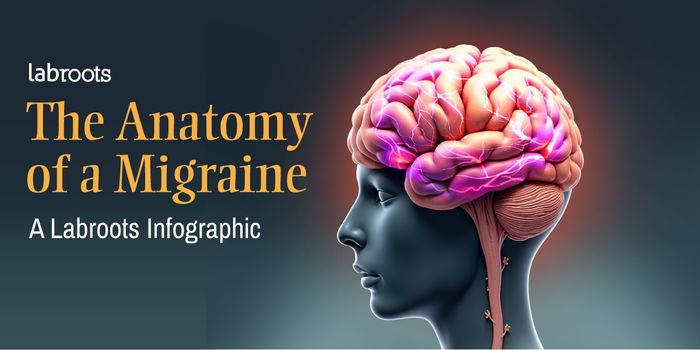Using Genetics to Study the History of Rome
While archaeologists and historians have been studying Ancient Rome for many years, there are still things we don’t know. A team of researchers set out to learn more about one of those mysteries, the ancestry of Rome’s citizens. Reporting in Science, an international team has shown that the populace had diverse origins. A genetic assessment demonstrated that during the expansion of the Roman Empire around the Mediterranean Sea, immigrants arrived from Europe, North Africa, and the Near East. That had a big effect on the composition of one of the greatest cities of the ancient world, noted a senior author of the report, Jonathan Pritchard, a professor of genetics and biology.
This study used ancient genetic material from Romans and individuals from nearby Italian regions, and showed that there were at least two significant migrations into Rome, as well as smaller shifts in the population that all had impacts over the past few thousand years, said Pritchard.
"This study shows how dynamic the past really is," said co-lead study author Hannah Moots, a graduate student in anthropology. "In Rome we're seeing people come from all over, in ways that correspond with historical political events."
Genetic studies have expanded our understanding of human history in recent years, and have filled in gaps in our knowledge. "The historical and archaeological records tell us a great deal about political history and contacts of different kinds with different places - trade and slavery, for example - but those records provide limited information about the genetic makeup of the population," added Pritchard.
In this study, an international team of investigators used 127 samples of human DNA were obtained from 29 places around Rome and included periods from the Stone Age to medieval times. The earliest samples confirmed what we know; farmers that were mostly from areas around Iran and Turkey entered the region about 8,000 years ago. Then, people began to immigrate there from the Ukrainian steppe region about 3,000 to 5,000 years ago. Rome is generally considered to have been founded around 753 BCE. By that time, however, the population was diverse and was similar to what’s seen in modern Europe and Mediterranean populations.
Rome was a simple city-state at first, but within 800 years it had created a massive empire that extended from North Africa to Britain to Iraq. During this expansion, historical evidence has indicated that Rome built connections using trade, roads, military campaigns, and slavery; the genetic data confirmed this. The ancestry of Romans shifted, as more people arrived from the Near East and the Eastern Mediterranean. The empire then entered a period of turmoil in which it split in two, diseases afflicted the populace, and foreigners began to invade; another shift in ancestry occurred, and western Europeans began to enter the area. Next, the rise of the Holy Roman Empire brought people in from northern and Central Europe.
Pritchard noted that the study indicated that the culture and ancestry of the ancient world were changing. "It was surprising to us how rapidly the population ancestry shifted, over timescales of just a few centuries, reflecting Rome's shifting political alliances over time," Pritchard said. "Another striking aspect was how cosmopolitan the population of Rome was, starting more than 2,000 years ago and continuing through the rise and dissolution of the empire. Even in antiquity, Rome was a melting pot of different cultures."
Sources: AAAS/Eurekalert! via Stanford University, Science









